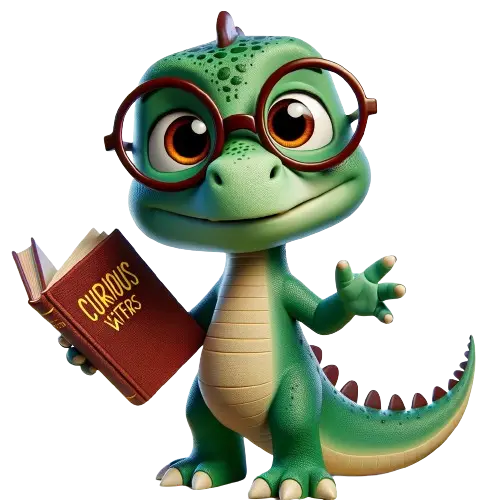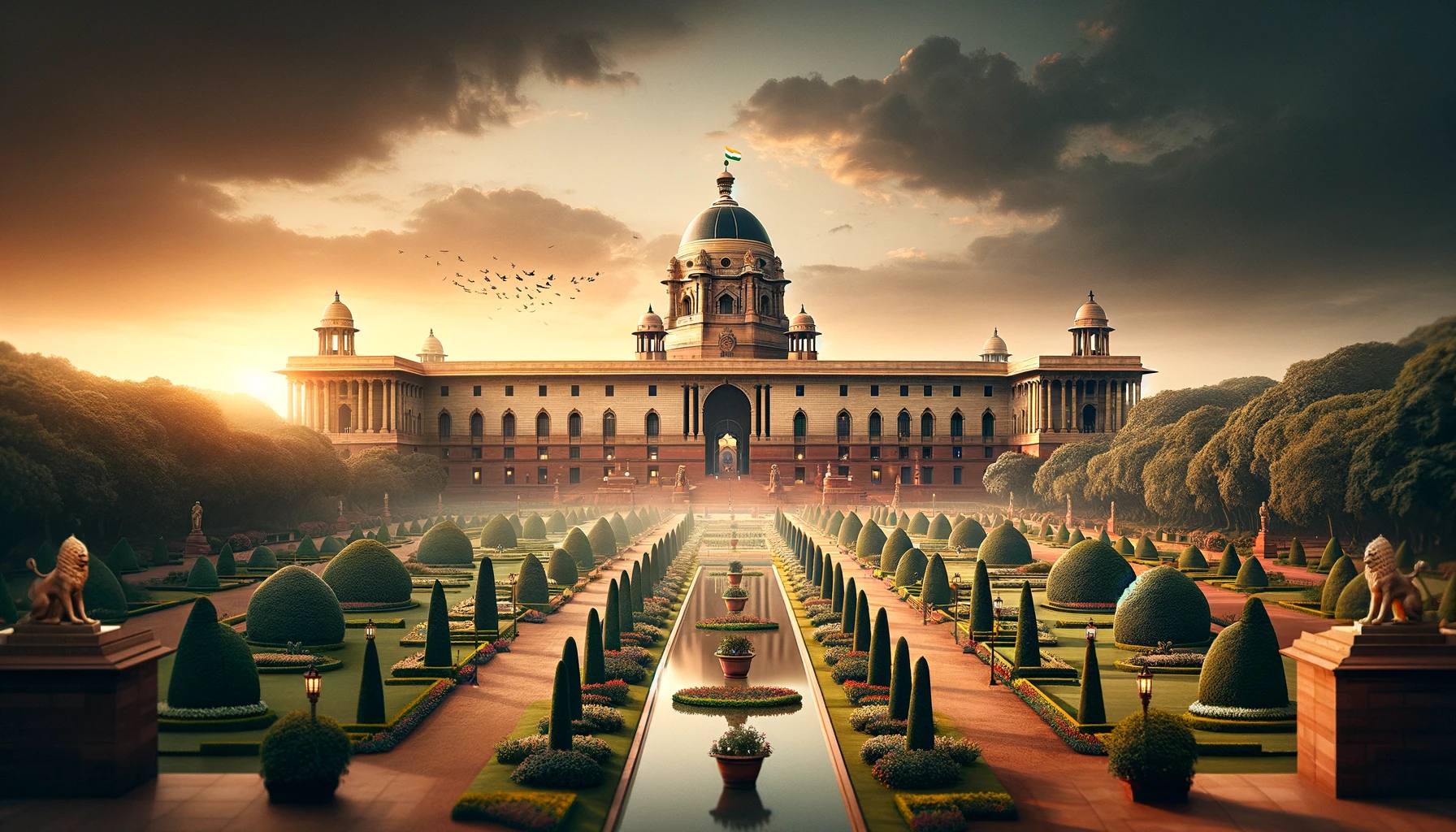Introduction
Imagine India as a grand ship sailing on the seas of democracy. The President of India is like the captain of this ship. They don’t steer it directly, but they make sure everyone follows the navigation chart – the Constitution – and work together to keep the ship on course. This article is a voyage into the world of the Indian President, exploring what they do and why their role is so important.
Section 1: The Constitution – Our Navigation Chart
- The President’s Rule Book: Just like a ship needs rules for its crew, India has a rule book – the Constitution. The President is like the guardian of this rule book, making sure everyone in the government follows it.
- How the Captain is Chosen: The President isn’t elected by the people directly. Instead, think of them being chosen by a special crew of elected representatives (from both the national Parliament and state legislatures).
- Captain for Five Years: The President serves as captain of this ship for five years. They have to meet specific requirements, like being an Indian citizen and above a certain age.
Section 2: The President’s Job
- Symbol of the Nation: Think of the President as the face of India. They represent the country at important events and act as a symbol of unity for all Indians.
- Checking the Laws: When Parliament, our lawmaking body, passes a new law, the President acts like the final quality control checker. They have to give their approval before any law can officially set sail.
- Safeguarding the Rule Book: Just as a captain protects a ship from storms, the President protects the Constitution. In rare situations, they can make special decisions like dissolving the lower house (Lok Sabha) if things aren’t working according to the rule book.
- Powers in Times of Trouble: If the country faces a big storm, like war or serious crisis, the President has special emergency powers to help guide the nation through troubled waters.
Section 3: Working with the Ship’s Crew
- Leading the Officers: The Prime Minister and the Council of Ministers are like the senior officers of the ship. The President appoints them, ensuring the best people are at the helm.
- Cooperation with the Sailors: The Parliament, like the sailors, works to make laws and policies. The President can ask them to meet, take breaks, or even restart their work if needed.
- Picking the Guides: Judges in our courts are like navigators and interpreters of the rule book. The President plays a role in choosing the most experienced judges.
Section 4: The Ship’s Legacy
- From British Sails to India’s Chart: Long ago, India was ruled by Britain, and the Governor-General was like the captain. Our founding fathers decided that independent India needed its own captain, bound to a new rule book – the Constitution.
- A Changing Role: Throughout history, the role of the President has changed to fit the country’s changing needs, just like a ship might be upgraded to navigate new routes.
Section 5: A Day in the Life of the President
- The President’s day is a combination of official duties, important meetings, ceremonies, and reviewing important documents – a lot like a busy ship’s captain!
Section 6: Challenges and Controversies
- A Balancing Act: Sometimes, the President has to act like a referee, making sure politicians play by the rules while staying neutral, even in tough situations.
- Special Powers, Special Responsibility: Using emergency powers is a serious matter–the President has to have very good reasons, just as a captain would make risky decisions only in the most dire situations.
Conclusion
The President of India might not be the one steering the ship directly, but they are the figurehead, the rule-keeper, and a symbol of the nation’s unity. Their job is to make sure our democracy sets sail on the right course, guided by the Constitution.




Leave a Reply